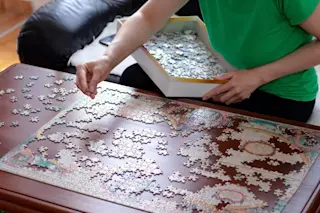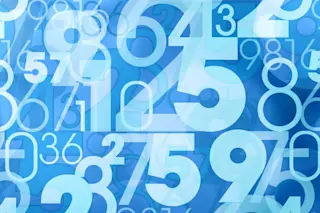When it comes to the great mathematical problems of the 21st century, the conundrums of jigsaws have been unjustly overlooked for too long. All that now changes thanks to the work of Madeleine Bonsma-Fisher, a data scientist at the University of Toronto and Kent Bonsma-Fisher, a quantum physicist, who have settled a problem that has bedeviled puzzlers the world over.
The question at the heart of their endeavor is this: if you have a jigsaw of N pieces that once assembled, fills an area equal to Aa, how much space do the unassembled pieces take up. Or in other words, “how big a table do you need for your jigsaw puzzle?”, which by mathematical coincidence, is the title of their paper on this subject. The answer, at least in one respect, turns out to be rather surprising.
The Bonsma-Fishers begin by calculating the approximate area of a single piece of ...














